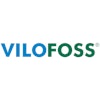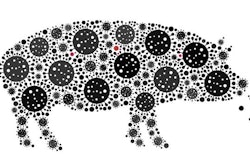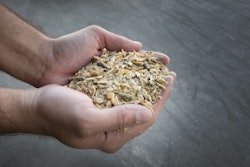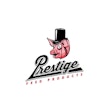
Animal diseases, global grain market rally affecting production
EU-27 compound feed production for food-producing animals in 2021 is estimated at 149.9 million metric tons (mmt), a slight decrease of 0.16% compared with 2020, according to forecast data provided by members of the European Compound Feed Manufacturers’ Federation (FEFAC).
After facing challenges of reduced pig meat demand in key export markets due to a sanitary import ban, high costs for feed grains and the impact of African swine fever (ASF), the pig feed production is estimated to decrease by 1.3%. The countries most affected are Germany, Austria, Portugal, Finland and Hungary. In addition, some member states such as the Netherlands and Belgium are depopulating their pig herds in order to lower agricultural environmental emissions.
Despite the continuing spread of avian influenza in several parts of Europe in 2021, poultry feed production is set to slightly increase by 0.8%. This is mainly due to the improved situation in the hospitality sector, when businesses reopened after lifting of lockdown measures across Europe, especially in the summer tourist destinations such as Portugal and Spain, but also in Hungary and Romania. With the U.K. leaving the EU in 2021, poultry feed production lost its position as the leading segment of EU industrial compound feed production to pig feed.
Cattle feed production is estimated to slightly increase by 0.1% compared with the previous year, mainly due to a higher increase of production in Italy, Poland and Romania. The situation in other EU countries is rather stable or shows a minor decrease. This is mainly due to higher forage production lowering demand for cattle feed.
In general terms, demand for compound feed was lifted due to the continuing global grain market rally making industrial compound feed economically more attractive over home-grown feed cereals. Due to supply chain difficulties and the high cost of procurement to source the non-GM protein sources, market partners are demanding more certified/verified responsibly produced soy products.
Market outlook for 2022
FEFAC members expect a continuation of several key market drivers which could weigh in against demand for compound feed in 2022:
- Reduced export opportunities for pig meat producers
- Continuation of the global grain market rally
- Continued spread of animal diseases
- COVID-19 pandemic and lockdown measures
- Environmental concerns

















